Traditional mechanical keyboards have made a comeback in recent years. Generally known for being stiffer than today’s more dominant membrane and scissor-switch keyboards, mechanical keys typically give users faster, more satisfying feedback thanks to highly detectable actuation and a signature clicking sound.
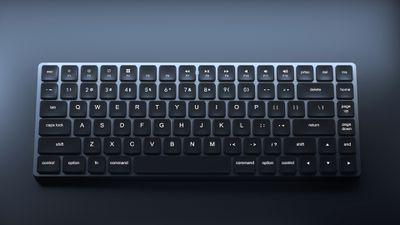
However, mechanical keyboards are also often larger, louder, and more tiring to type on, which is why their appeal is limited to gamers and nostalgia-seekers. In an effort to disrupt the market, however, US-based accessory maker Visless is set to rectify these disadvantages by offering the dexterity and performance of a mechanical keyboard in a compact and less finger-fatiguing low-profile design.
Enter the LP85 optical-mechanical keyboard, “built for speed, precision and comfort.” Instead of mechanical switches, the LP85 uses optical switches, which break a beam of infrared light to activate key presses, and to reduce long-term wear and tear. Can technology faithfully recreate the feel and responsiveness provided by mechanical input? I spent a few weeks with the company’s latest keyboard to find out.
Design and features
The Mac version of the Vissles LP85 I received is nicely packaged in a black box with a keyboard with black keys and a gun-metal gray chassis that’s closer to the iMac Pro Magic Keyboard than a space gray MacBook Pro. Also included was a USB-C to USB-A charging cable, user manual, quick start guide with a map of key functions, and some Visless stickers.
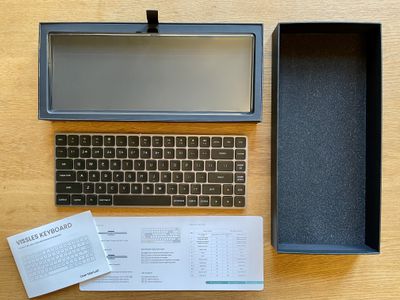

After handling the keyboard, the first thing I noticed about the LP85 was its height. At 547 grams, it’s more than twice as heavy as Apple’s Magic Keyboard (243 grams) and it’s easy to see why. The extra weight is due to the chunky anodized chassis, a slab of aluminum that’s 12mm high at its thickest point, roughly equivalent to the raised level of the built-in keyboard on the 14-inch MacBook Pro. This makes it just 1mm taller than Apple’s standalone Magic Keyboard at the thick end, and combined with the weight helps it feel extremely sturdy and stable, while two grippy silicone anti-slip strips on the bottom ensure it won’t go anywhere on your desk.
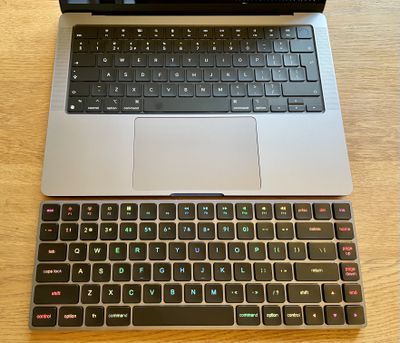

The chassis is nicely rounded at the corners and has a nearly flat two-degree angle that slopes down to 7.1mm at its thinnest section, giving the 85 optical keys on the low-profile board a comfortable base to rest your wrist on. The top edge of its chassis houses a USB-C port for charging and wired connectivity, and a small round metal switch to toggle between Bluetooth and wired. Both have an indicator light that displays the charge status of the built-in 2000mAh rechargeable battery with a red or green light.
Instead of using a membrane mechanism, Wissels opted for X-optical switches that are 0.2 mm. It provides a light beam, with a pre-travel actuation distance of 1.2mm, which is shorter than a regular mechanical keyboard, and a total travel of 2.5mm, similar to a membrane keyboard.
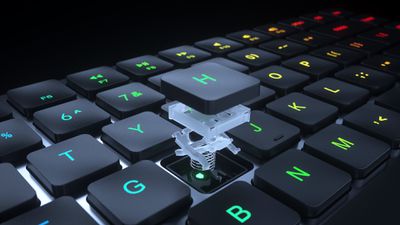

The Mac-style 85-key ANSI layout has a top row of function keys with expected macOS functions like Mission Control, Launchpad, Media, Volume and LED backlighting controls. It fits an extra Control key to the right of the spacebar and a column of Home, End, and Page Up/Down keys to the right of the Return key, adding an extra inch to the layout compared to Apple’s compact Magic Keyboard. .
The keyboard supports Bluetooth pairing with up to three devices and when switching between them, device 1 is mapped to the Q key by default, while the second and third devices are mapped to W and E respectively. There are also key adjustments for backlight adjustment (more on that later).
performance
I had no problem pairing the keyboard with my 14-inch MacBook Pro, iPad Pro, and iPhone 13, and I experienced no dropout when testing the keyboard on a reasonable range of these devices. Initial pairing on the first device involved a long press of the Fn and P keys for five seconds, after which macOS discovered the Bluetooth connection. Press Fn and W/E and then Fn and P to pair a second/third device. Switching between them was quick, ensuring responsiveness to initial keyboard input was almost immediate.
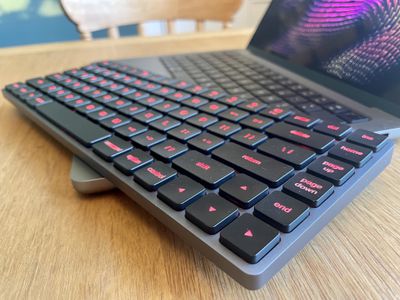

Despite an 85-key layout, the individual keys are spaced almost identically to a native Apple keyboard, making the keys under your fingers exactly where you want them to be, ensuring typing speed and accuracy are no problem.
This performance is compounded by the X-Optical mechanical switches, which, thanks to their unique pre-travel distance, feel extremely responsive and emit a nicely crisp clicky sound that’s similar to the Gateron Blue switches but not quite as loud.
As a result, each key offers reassuring tactile feedback rather than the more muted spongy feel of typical low-profile keyboards. Typing on the LP85 is essentially like using a much more durable and ergonomic version of a regular mechanical keyboard. Even after hours of use, my fingers didn’t feel any more tired than usual, which is a testament to Vicells’ decision to use premium optical switches.
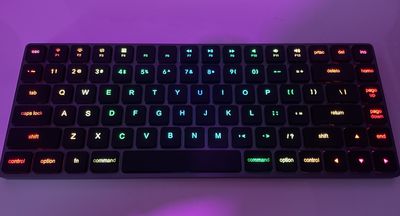

I also found the LP85’s backlighting modes easy to use. The legend on each keycap is transparent with LED lighting, making the keyboard great for typing in dark environments, and there’s no potential stray light bleed around the keys like other backlit keyboards.
Pressing the Fn and Delete keys together cycles through 19 vibrant-looking dynamic backlighting effects, which really have to be fully appreciated. I had a lot of fun using the Fn+ arrow keys to try out the various animated rainbow-color combinations, eight-color monochrome mode, and adjustable directional “lightning” effects.
Rainbow Backlit Keyboard for #Mac 🌈🖥🤩 pic.twitter.com/KDHVe1aC8Z
— Tim Hardwick (@waxeditorial) October 23, 2021
If the backlighting is too bright, you can dial the intensity by choosing from three levels of brightness, or just turn the backlight off completely. To save battery, the lights go to sleep if you don’t use the keyboard for five minutes, but they come back on just as quickly with a tap. After 30 minutes of inactivity, the keyboard goes into hibernation mode.
The only problem I had with the LP85 during use was that it would occasionally fail to register a keystroke, but that turned out to be Bluetooth interference from a wireless Technet mouse. Moving the mouse solved the problem, but it’s something to consider if you have a lot of Bluetooth devices in your setup.
How to wrap and buy
Vissells LP85 optical-mechanical keyboard is a unique wireless input device in its own right, thanks to the optical switches Vissells chose to use, which allowed it to successfully achieve the feel of mechanical input with a low-profile design. which is usually associated with a membrane keyboard.
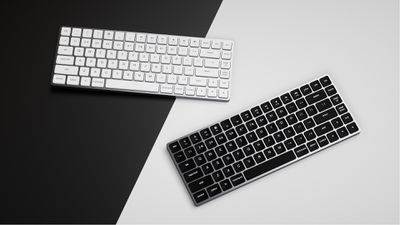

For that reason alone, the LP85 is recommended for anyone looking for a compact key layout that is responsive, highly tactile, and very well built. Costing $99, it’s a fine alternative to Apple’s similarly priced Magic Keyboard, but with different color backlit RGB modes available, it’s definitely more fun.
The LP85 keyboard is available in black or white. The Visells LP85 optical-mechanical keyboard can be pre-ordered on the Kickstarter page, with shipping scheduled for late January 2022.
Note: Vissles provided the keyboard to MacRumors for the purpose of this review. No other compensation was received.
